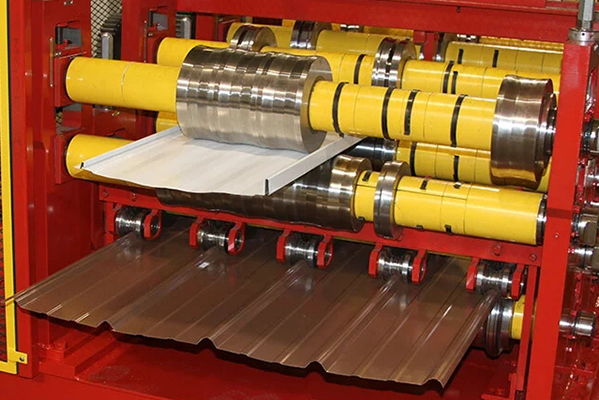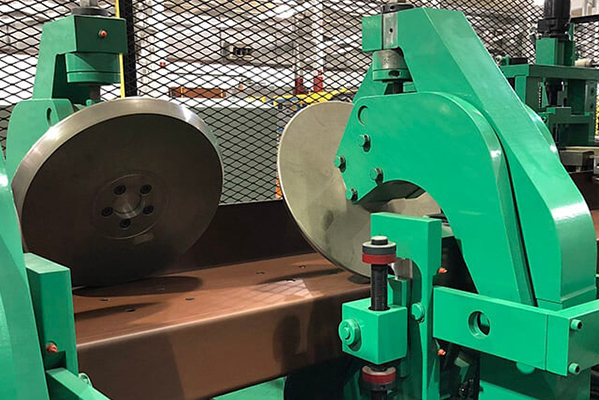Navigation Menu
Contact Us
- Email:
- info@wxavatar.com
- Address:
- Yurong Village, Yuqi Street, Huishan District, Wuxi, China.
Release Date:Jun 18, 2025 Visit:66 Source:Roll Forming Machine Factory
In the fast-paced world of construction, efficiency is the bedrock of successful project delivery and profitability. For contractors specializing in metal roofing, the question of whether equipment upgrades can genuinely enhance project efficiency is critical. The answer, unequivocally, is yes – and the impact can be transformative, influencing everything from fabrication to installation.

Accelerating Fabrication and Processing
One of the most immediate benefits of upgrading metal roofing equipment lies in accelerated fabrication and processing. Older machinery, while functional, often lags in speed and precision compared to modern counterparts. New rollformers, for instance, can produce panels at significantly higher rates, with automated cutting systems that ensure accurate lengths and consistent profiles. This means less time spent waiting for materials and a smoother flow of components to the job site.
Similarly, advanced brakes and shears offer faster cycle times and digital controls that allow for quick adjustments between different panel types or custom bends. This reduces bottlenecks in the fabrication process, ensuring that the necessary roofing elements are ready when needed, minimizing delays in subsequent stages of the project.
Enhancing On-Site Productivity
The gains in efficiency aren't confined to the fabrication shop. Upgraded equipment directly translates to enhanced on-site productivity. Portable rollforming machines, a popular upgrade, allow contractors to produce custom-length panels directly at the job site. This eliminates the risks and delays associated with transporting long, pre-fabricated panels, such as damage during transit or miscalculations in length. By forming panels on demand, contractors can precisely match the needs of the roof, reducing material waste and optimizing installation.
Furthermore, specialized installation tools, such as advanced mechanical seamers and panel-handling equipment, make the physical installation process faster and less labor-intensive. These tools ensure tighter, more consistent seams and safer handling of large panels, leading to quicker completion of the roof assembly.
Improving Accuracy and Reducing Rework
Precision is a hallmark of modern metal roofing equipment, and this directly impacts project efficiency by improving accuracy and reducing rework. Digital controls, laser guides, and automated measuring systems on contemporary machines ensure that every cut, bend, and profile is executed with pinpoint accuracy. This consistency means panels fit together seamlessly, reducing the need for on-site modifications or corrections.
Rework is a significant drain on project efficiency, consuming valuable time, materials, and labor. By investing in equipment that delivers consistent quality from the outset, contractors can dramatically reduce these costly setbacks, ensuring projects stay on schedule and within budget.
Streamlining Workflow and Resource Allocation
Ultimately, upgrading metal roofing equipment contributes to a more streamlined workflow and optimized resource allocation. Faster fabrication and more efficient installation mean that crews can move more quickly from one phase of a project to the next, or even take on additional projects concurrently. This improved flow allows contractors to better manage their human resources, assigning teams to where they can be most effective.
The ability to produce high-quality components rapidly and install them efficiently allows for tighter scheduling and more predictable project outcomes. This not only enhances a contractor's reputation but also provides a distinct competitive advantage in bidding for new work.

In conclusion, investing in upgraded metal roofing equipment is a strategic move that offers tangible improvements in project efficiency. From accelerating production to ensuring precision and streamlining on-site work, these advancements are pivotal for contractors looking to maximize output and enhance overall operational success.